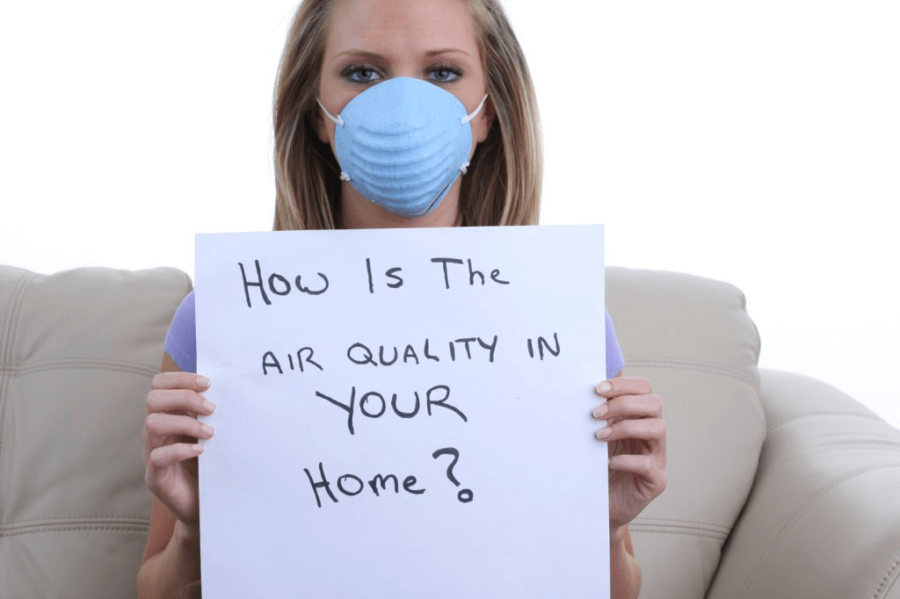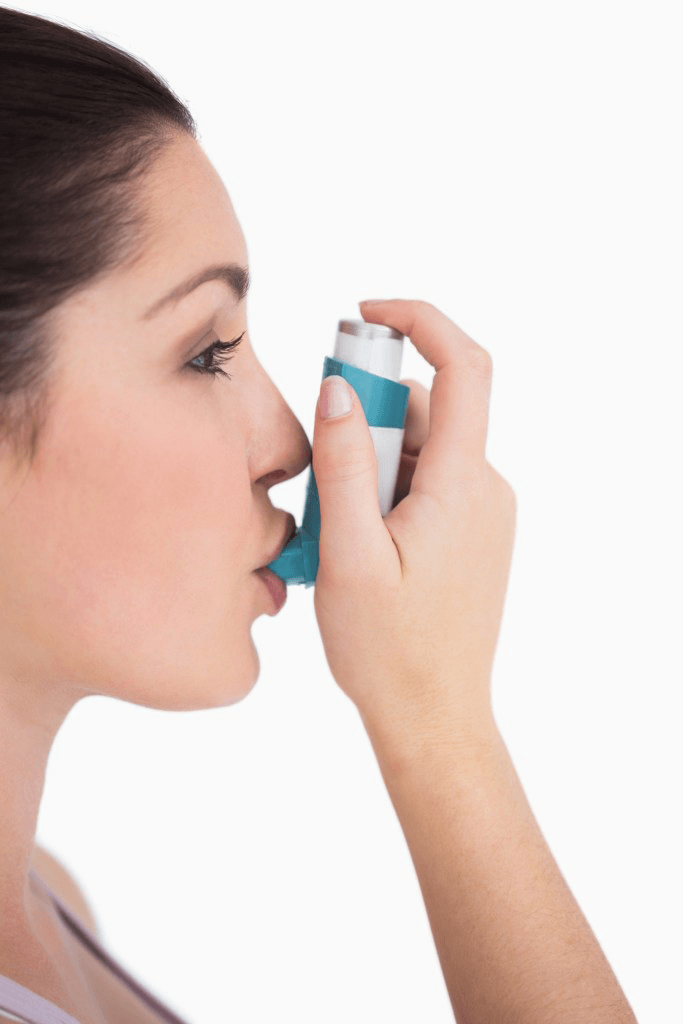There isn’t a lot of rocket science to exercising outdoors. If you live in an urban area and enjoy walks in the park or other physical activities such as jogging, your sense of smell is a major yardstick to your routine. Jogging in dense urban areas during rush hour or in the middle of the day is ill advised, as you are constantly inhaling outdoor air pollution mostly from the pollution exhausted by cars.
Apart from jogging early in the morning or late in the evening when temperatures have dropped and cars are sparse, there’s also that option to commit to a daily workout indoors. However, it is important to note that indoor exercise does carry its own set of risks: the air you breathe indoors may not be as healthy as you think.
One of the advantages of exercising outdoors is that your air quality can change given the time of day and location. More suburban areas have better outdoor air quality compared to urban areas. Harmful chemicals also dissipate into the atmosphere putting you at less risk to breathe these in. Exercising indoors puts you in a bubble because the air you breathe may have less chances to circulate.
Here are a few tips to keeping the air you breathe healthy while exercising indoors:
Open your windows
If your space is small and not well-ventilated, your body will exhale more carbon dioxide thereby increasing the CO2 levels inside the room. Adequate ventilation allows proper air flow, more specifically allowing exhaled air to escape into the atmosphere. Studies show that an increase in CO2 levels in confined spaces can lead to migraines and lethargy.
Be mindful of other harmful household chemicals while exercising
Apart from the air we breathe, the human body is also expelling chemicals — sweat from indoor activities is expelled into the air. These amino acids, when combined with particles from, say, bleach, will produce a chemical reaction similar to ammonia. Again, one cannot underscore the importance of proper ventilation and allowing your room to “breathe” so that these harmful chemicals can dissipate before working out.
Invest in an indoor air quality monitor
An indoor air quality monitor is a small investment that can bring you peace of mind. It may surprise you that not all harmful gases have a smell. Migraines, allergies and other respiratory illnesses can be traced back to bad indoor air. An indoor air quality monitor can help make the invisible visible and quantify what the air around you looks like. It also helps predict trends throughout the day as to whether your space is affected by daily activities such as cooking, exercise and even sleeping.
Stay safe and breathe easy.







